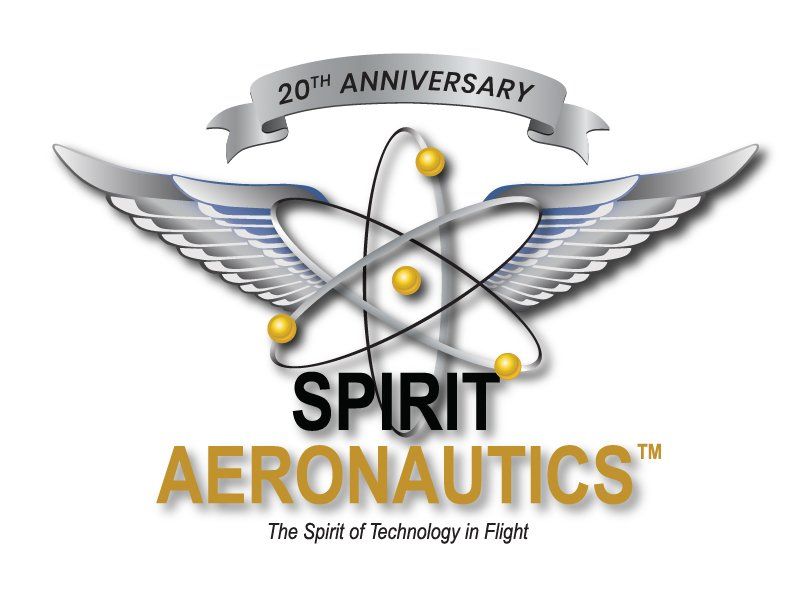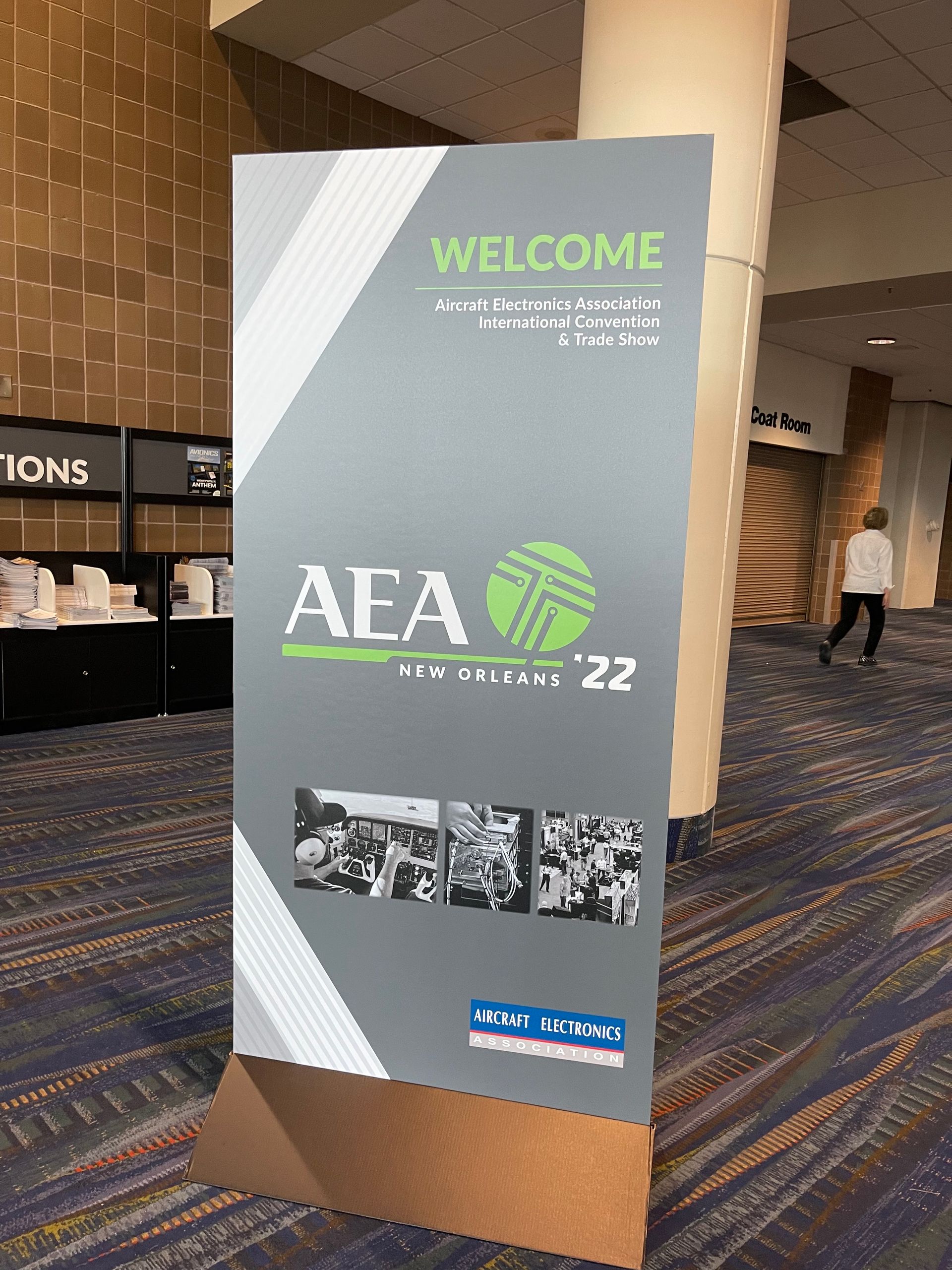Airframes That Outlive Their Avionics
Keep The Aircraft, Transform Your Panel
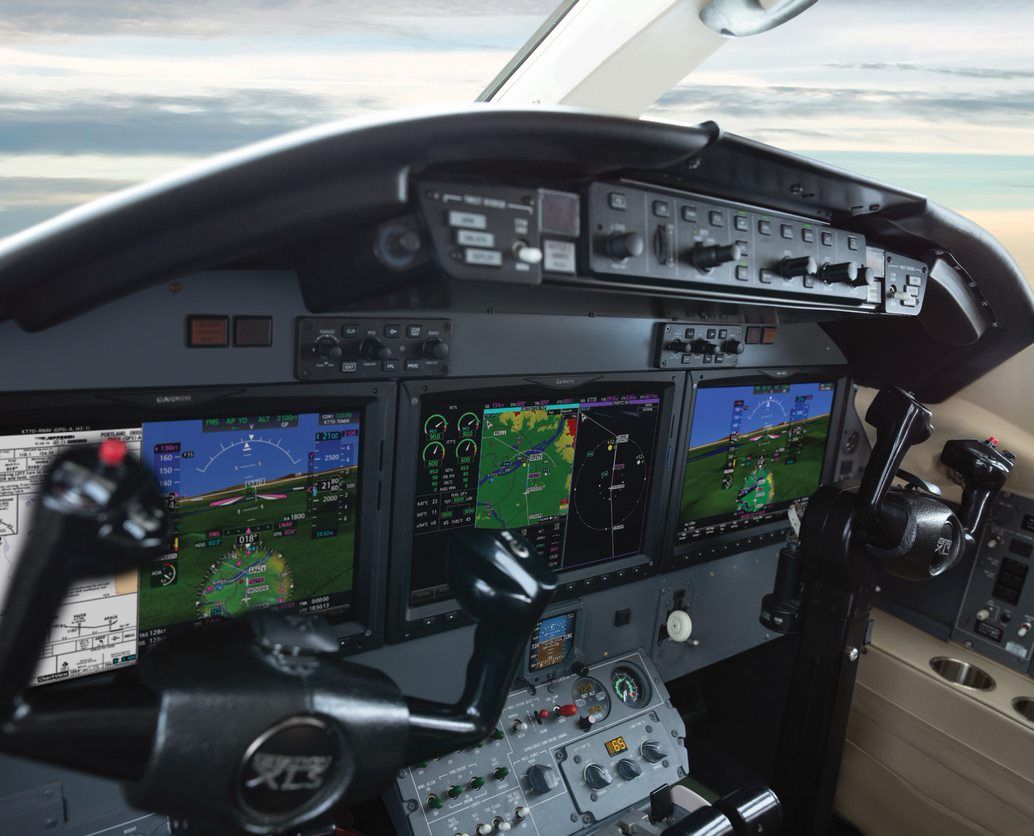
Avionics, by design, are built with follow-on technical & parts support to allow for decades of service past their born-on date. This is a practice driven mainly by aircraft manufacturers demanding comprehensive product support services for their airline customers.
The consumer electronics industry operates in stark contrast to the Aviation model of product support. The discreet components used in most avionics are sourced from the same vendors as consumer-based electronics manufacturers. Due to consumer electronics market demands, life cycle support is very short-lived for these part makers, such as chip or display manufacturers.
The avionics sector is a small part of the broader electronics industry; we don't usually get the opportunity to hold these discreet parts manufacturers to the longer-term support needs of the aerospace industry. Despite this significant handicap, the avionic manufacturers support their products for decades beyond their initial build date. Unfortunately, Father Time and the winds of change will not relent in forcing the Avionic OEMs to sunset product support.
Aircraft have enjoyed strong growth in market appreciation in recent years. This effect allows many legacy aircraft to be considered for significant avionic investments, whereas the value equation was not there in previous years. The mission capabilities of legacy aircraft models meet today's new aircraft performance specifications. Resolving avionics obsolescence issues can reward owners with an aircraft that matches new aircraft speeds and ranges while remaining at levels of affordability necessary for the owner to keep flying safely.
Modernized aircraft considered by the FAA as "Best Equipped" will be "Best Served," avoiding delays while maintaining the business tool's time machine effect payback. These technology updates can offer owners equal airspace access for best equipped/best served using DataComm avionics, enabling messaging between aircrews and Air Traffic Controllers and reducing or eliminating airspace holds/delays.
KEEP THE AIRCRAFT. UPGRADES THAT SAVE
Enhanced airspace navigation and landing capabilities, such as RNP & LPV can be accomplished with an avionics upgrade more cost-effectively than purchasing a new airplane to gain these operational benefits. Want to stay connected when you're in the air? No one is asking for less data throughput to keep passengers productive while enroute to their destination. Legacy cabin WIFI systems are considered obsolete if not upgraded within the previous three to five years.
At the scale of cost for a new aircraft, the business of avionics retrofits has been a growing enterprise tracking the always-accelerating air travel needs of people everywhere.
Using the venerable Cessna 182 as an example, the model first flew in the late 1950s. The airframe itself has remained relatively unchanged since it began full-scale production. The Skylane is still built today with refinements in the airframe and powerplant, yet the revolutionary changes are in the cockpit. These same revolutionary changes can be applied to the legacy model Skylanes allowing them to offer safety, reliability, and advanced features as a new Skylane cockpit. Older aircraft carry the same loads at similar speeds and ranges as new aircraft. Why spend more money than you have to? Legacy Skylane's have a solid airframe, powerplant, and propeller. The same can be said for the Boeing 737, born in 1969 yet still produced new today.
New product innovations for obsolete avionics can sometimes emanate from the retrofit industry and then carry into the forward fit design for new aircraft. Cabin entertainment systems in business aircraft can rival the best home theater systems for passengers. Revolutionary new audio technologies, such as those from Bongiovie Acoustics' speakerless audio systems, can bring a complete immersion in watching a movie on new HD monitors in aircraft cabins. Simply addressing cabin entertainment systems for obsolescence will lead to a much better passenger media experience. Sometimes it can truly impress the most discerning audiophile.
New avionic displays are manufactured specifically to become a direct replacement for legacy CRT-type cockpit displays. These new displays offer a "Drop-in Replacement" solution for obsolete green screen displays using "TV Tube" technology. Gaining FAA approvals for a significant update to Primary Flight Displays is a very complex process that is expensive in time and money. Offering drop-in display replacements is a cost-effective way to address obsolescence in viable aircraft. As a real benefit, it increases safety by enhancing flight crew situational awareness as a very significant enhancement. The plane becomes more valuable by increasing the dispatch reliability and operational capabilities. Reestablishing all necessary follow-on technical and parts support needs of complex systems no longer deemed airworthy is essential for all aircraft. Most times, it also adds safety to the value equation.
Airframe and powerplants changes are refinements over time. Avionics changes come in revolutionary ways.
BLOGS
The Impact of Using FAA STC's for ADS-B
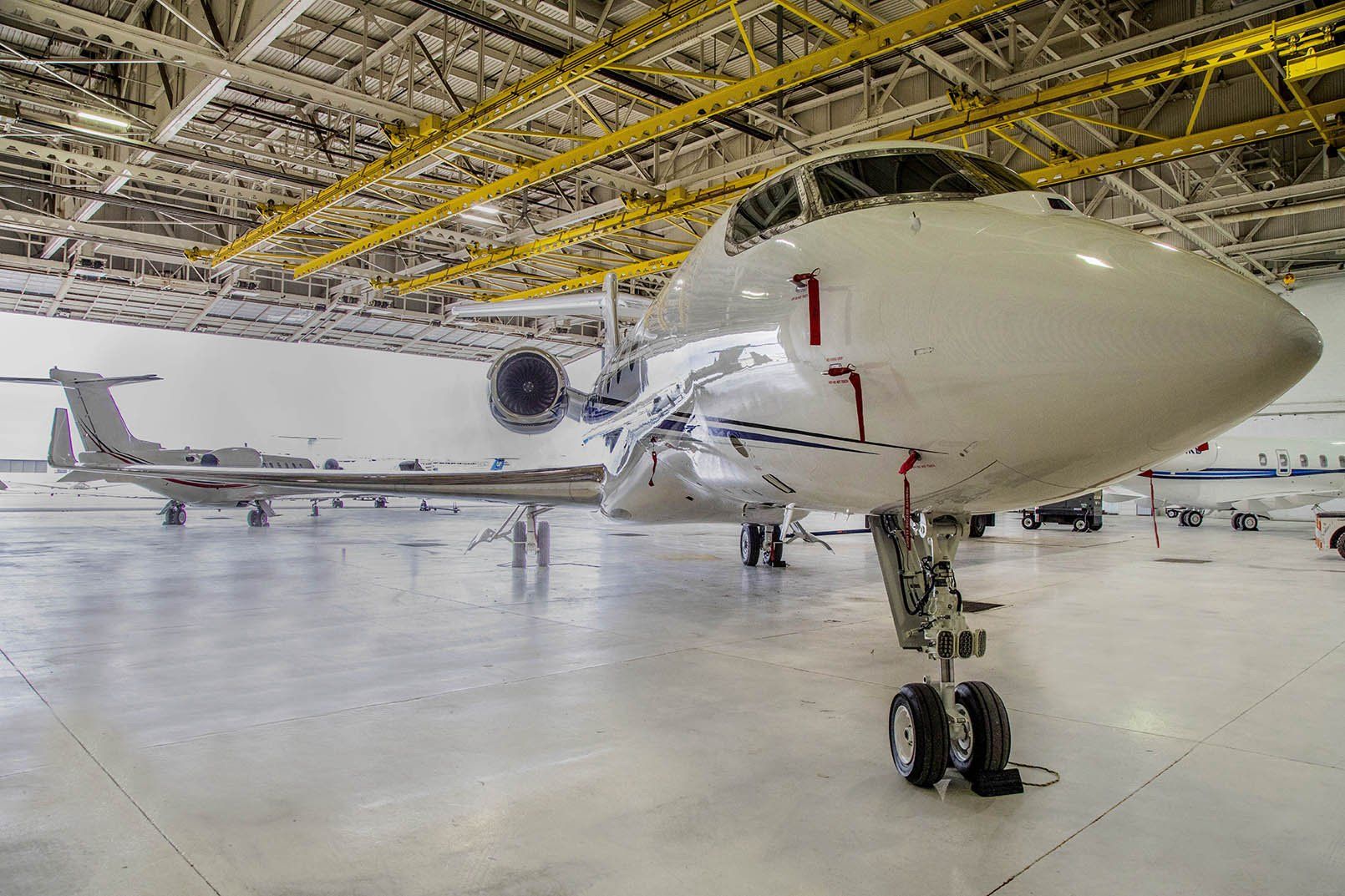
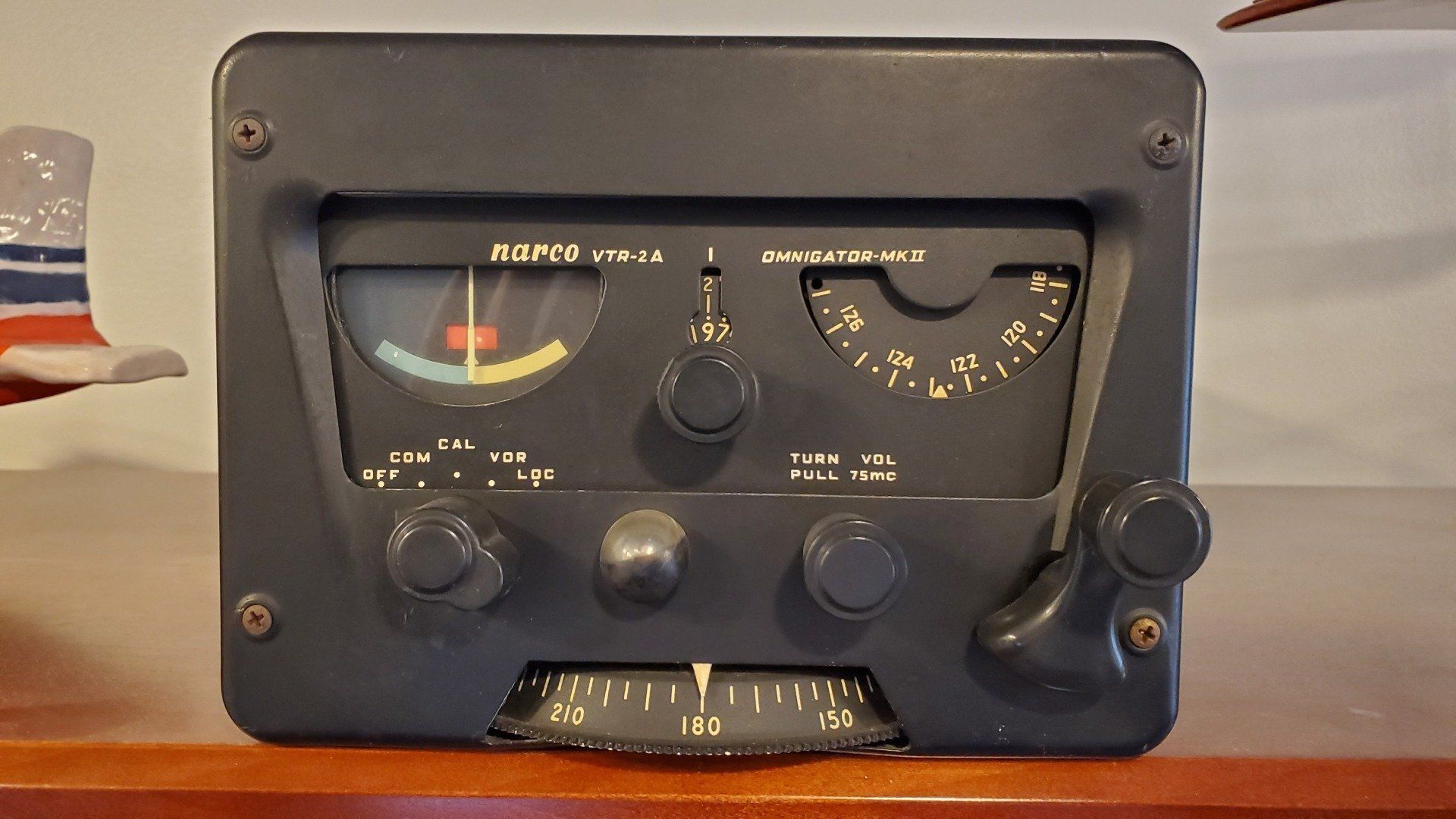
The Spirit of Technology In Flight
We are available 24/7 via email or telephone
Corporate Headquarters
Call
All Rights Reserved | Power Aviation Strategies
